varicose veins orphlebeurism- this is a systemic pathological change of the veins, which is accompanied by their dilation, elongation, bending and formation of nodules, due to which the work of the venous valves is disturbed and the blood flow is disturbed.
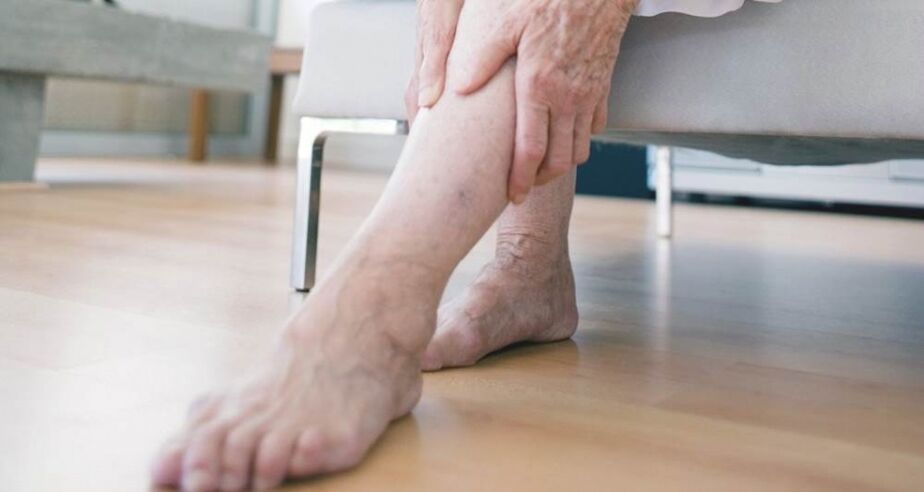
A change in blood flow almost always leads to changes in the body. The movement of blood in the veins depends not only on the condition of the vessel wall, but also on the condition of the venous valve, whose work creates the movement of blood, regulates the direction and strength of the flow.In healthy veins there is a certain balance between the thickness of the vein, the tone of the veins and the activity of the valves.. When one of these elements changes, the load on the others increases. For example,when the valve fails, blood flow slows down, a larger volume of fluid begins to accumulate in the veins, due to which the load on the walls increases, which subsequently loses its elasticity and stretches. All of these changes can lead to blood stasis in the lower extremities, which can result in inflammation, pain and swelling due to tissue malnutrition.
Symptoms of varicose veins
Pain is one of the earliest symptoms that can occur at any age and should be addressed.
- In stage 1:discomfort occurs at the end of the working day, there may be tingling and burning in the legs. This indicates an increased load on the venous system of the legs.
- In stages 2 and 3:the appearance of pulling pain and cramps in the calf muscles.
- In 4 stages:Severe pain with a tense and tortuous nature that causes lameness.
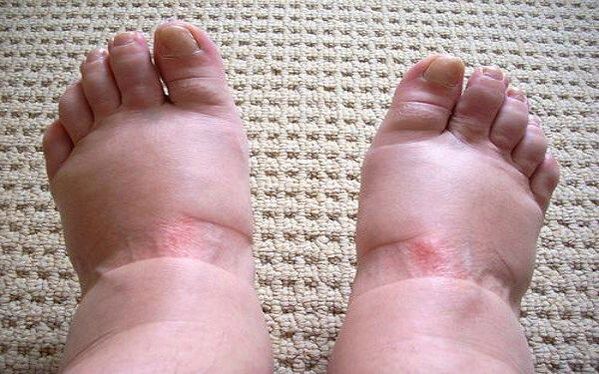
swellingare also included in the symptoms of this disease and may appear from its early stages. usuallythe swelling varies in severity of the different legsas absolutely identical disorders are rare. Varicose veins of the legs should be distinguished from edema in heart failure.
Itching- one of the most common symptoms after pain. It can also appear in the first stages, but is most often seen in stages 2 and 3 of the disease.
Why do my legs itch with varicose veins?
thenassociated with vasodilation and the response of the nervous system in the tissues. Due to the dilation of the vein, it compresses the surrounding vessels and capillaries, which can damage them, and the nerve endings transmit these sensations as itching, or the effect on the nerves will be direct.
It is worth noting thatthe itching will be internaland most often he will not bring relief when he tries to influence him by external means.
What do varicose veins in the legs look like?
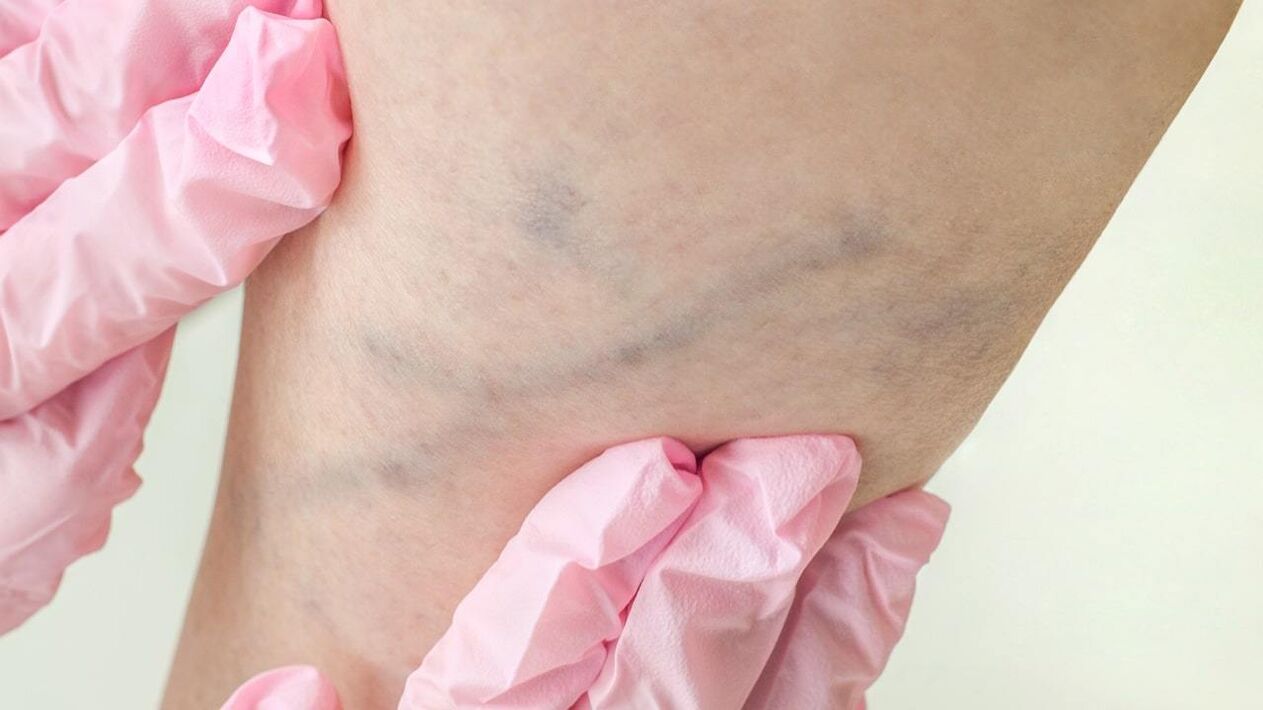
You need to know the answer to this question and have some ideas about the disease so that you do not panic ahead of time and do not start treatment for a non-existent disease.
In addition to physical discomfort, the disease is manifested by external signs:
- Fine blue net on the legsthis is not a cause for panic, as it symbolizes the defeat of superficial vessels, but if the area increases, becomes brighter or begins to stand out, it is a direct path to a meeting with a specialist and a review of lifestyle.
- Bruises and bruisesmay indicate damage to the vessel and subcutaneous bleeding from it, this is due to a sharp load on the veins. Usually this symptom indicates the progression of the disease.
- The appearance of red spots on the legs, peeling of the skin and its thinning speaks of atrophic processes characteristic of the last stages of the disease.
Prevention and treatment of varicose veins
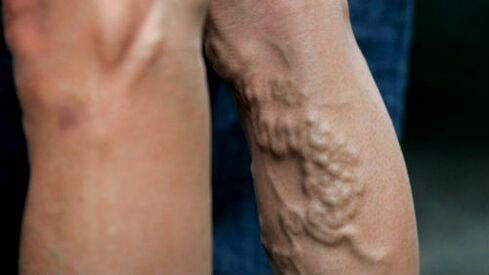
The main actions and procedures for prevention and treatment of varicose veins:
- Recommendedmove activelyevery day. Walking, yoga and running will be very useful sports for the health of the veins of the lower extremities.
- Prolonged standing increases the tension on the muscles and veins.
- Avoid cross-legged posture, compresses the veins and disrupts blood circulation.
- Don't get too carried away with hot tubsand saunas, prolonged exposure to high temperatures affects the tone of the walls of blood vessels.
- Do not wear tight pants, give preference to loose clothing and comfortable underwear.
- Bad habits, and especially smoking - negatively affect the tone of the walls of blood vessels.
- Light foot massageis a good way to prevent.
- Permanentvisit to a specialistwith an existing problem is also necessary.
Prevention of varicose veins in the legs in women
- Pay attention to the knitted items from your wardrobe. Expensesavoid socks and stockings with too tight elastic bandswho pull their legs.
- The choice of shoes should also be taken seriously:high heels should not be worn daily, also be careful to choose shoes with straps and ropes, especially at the ankle.
Treatment of varicose veins
The treatment should beunder the supervision of a phlebologist. After laboratory and instrumental diagnosis, the specialist determines the extent of the disease and prescribes treatment.
There are several methods of treatment: drug therapy, surgery, exercise.
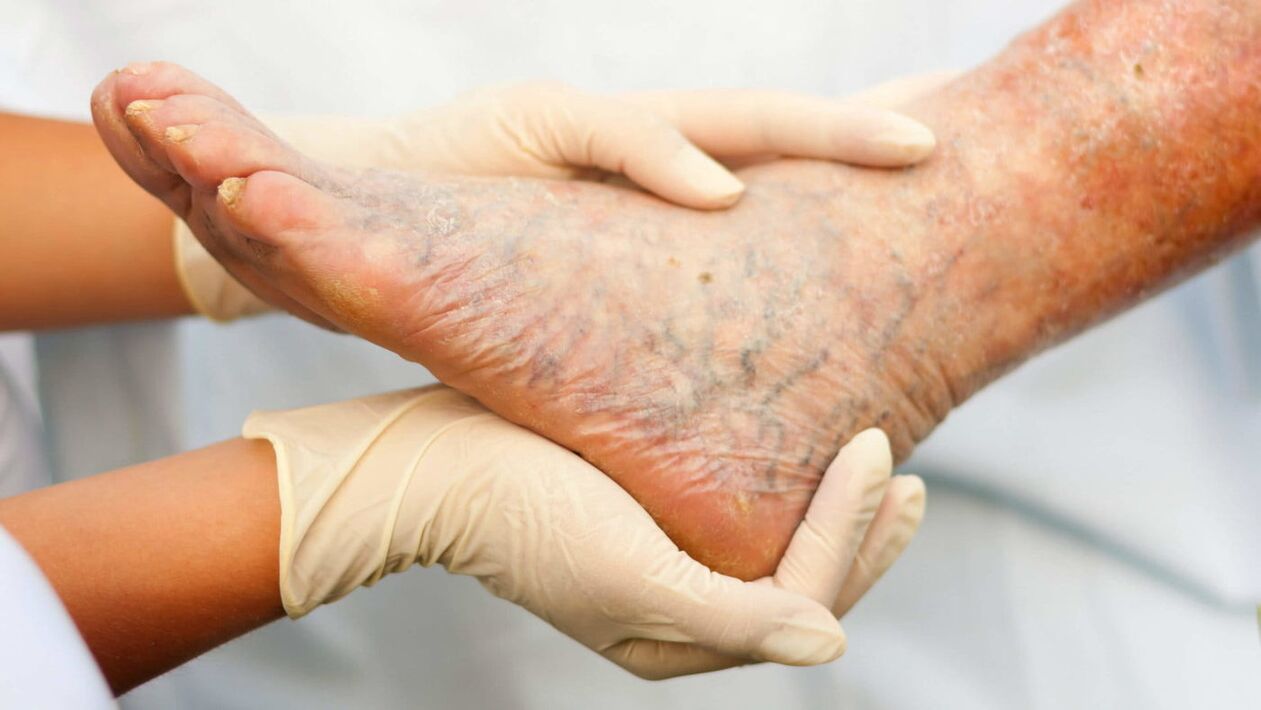
Medical therapy includes:
- Anticoagulants (for thinning the blood);
- Antiplatelet agents (preventing blood clots and improving tissue nutrition);
- Venotonics;
- Non-steroidal anti-inflammatory drugs for severe pain and inflammation.
Surgery includes:
- Laser coagulation method: removes surface defects in the form of surface networks and asterisks;
- Sclerotherapy: "vein sticking" by introducing special substances and excluding from the bloodstream;
- Phlebectomy: surgical removal of a vein.
Exercises for varicose veins of the legs

Equal exercise and exercise help to deal with varicose veins.
- Upright position, feet shoulder-width apart, arms placed along the body.We rise on tiptoe, hold in this position for 2 seconds and drop sharply on your heels.
- Upright position, hands resting on a wall or on the back of a chair, roll from heel to toe and back for 2 minutes.
- It would be a useful exercisewalking on the spot, socks do not come off the floor. Also usefulwalking on toes or heels.
- Lying down, lift your legs and perform"bicycle" movement.
- Sitting position: alternatingbend and unfold the legs, then the legs.
Folk remedy for varicose veins of the legs
Treatment with herbal ingredientsmany doctors prescribe in combination with the main drug or exercise therapy. It is also welcomed in the early stages of the disease, when the course of the disease has not yet begun.
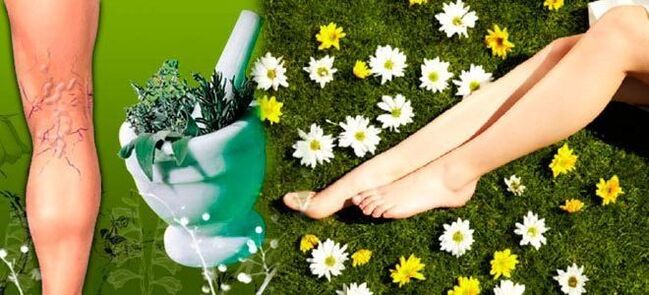
Which foods are best for venous health?
- nutmeg. It is taken as a dietary supplement, decoctions and tinctures.
- Lemon: tinctures, lemonades, oils.
- ginger: very useful in combination with lemon, also decoction, tincture, compresses.
- Compresseswith white cabbage, oils, honey on the more painful places will relieve symptoms.
- Ifswelling of the legs due to varicose veins: Aloe vera compress, burdock will help relieve swelling. In combination with this they give a good effect.decoctions of blueberries, wild rose, cumin, thyme, oregano.
Folk remedies for varicose veins of the legs contribute to rapid recovery and do not give complications that can lead to medical treatment.
The most important thing in treatment is the understanding that in advanced cases folk remedies do not give a strong effect, thereforeyou should consult a specialistand do not choose the treatment yourself.
If this disease is present in an adult, then he will need help to properly conduct medical therapy (which will be an integral part of therapy), as exercise may vary for older people.
In the same way you need to choose correctly and in a timely mannerdrug therapyto avoid further complications on the body. For example,Improper treatment can result in thrombosis of superficial and deep veins, as a result of which severe inflammation and even necrotic processes can develop, trophic ulcers that heal for a long time.
To prevent dangerous complications, seek professional advice and assistance, especially if you cannot control the treatment yourself and follow all the necessary recommendations.












































